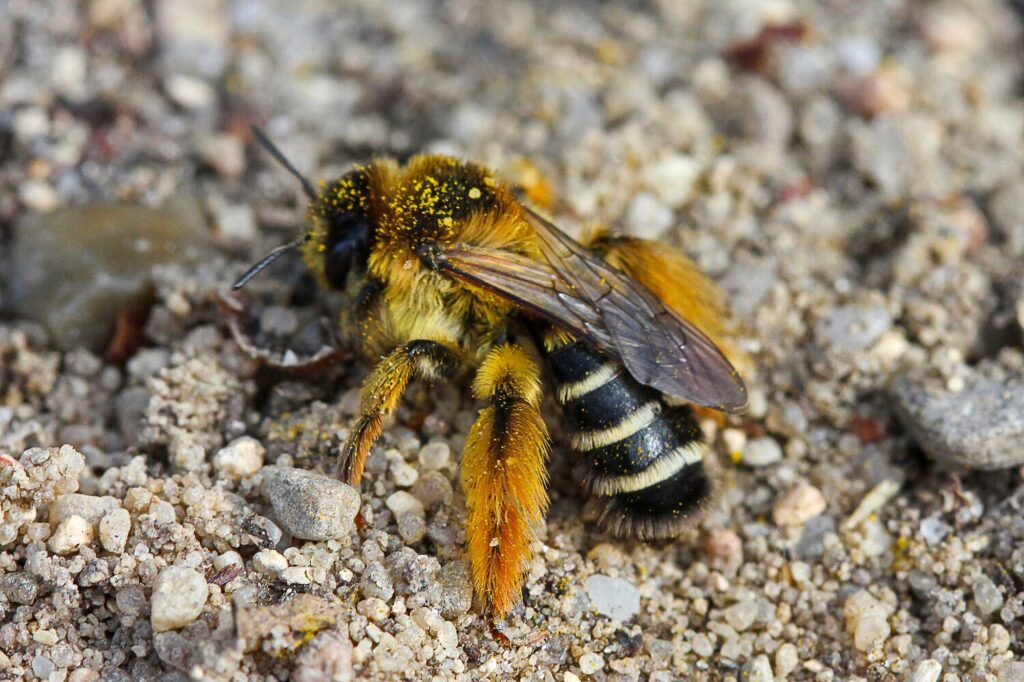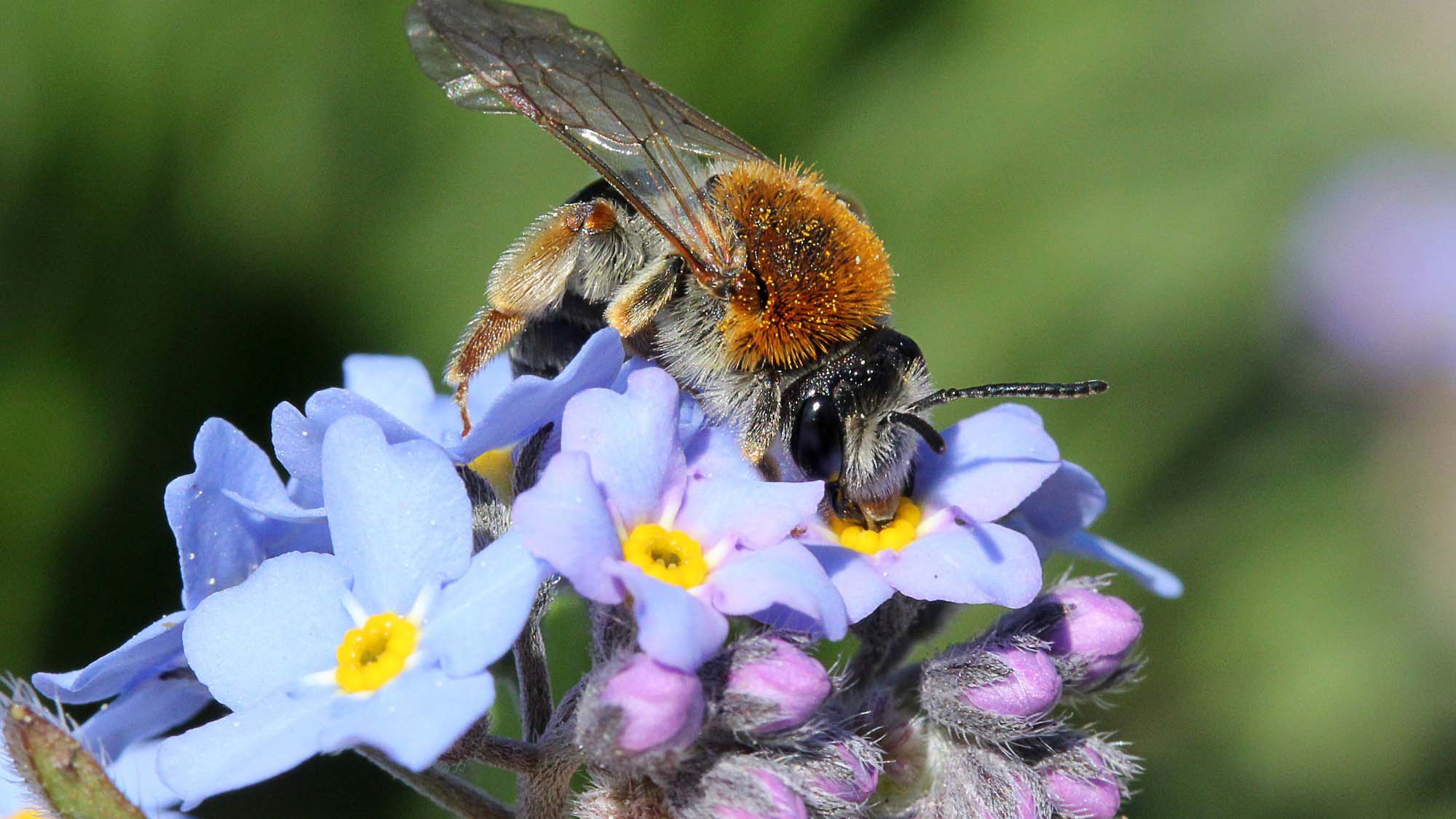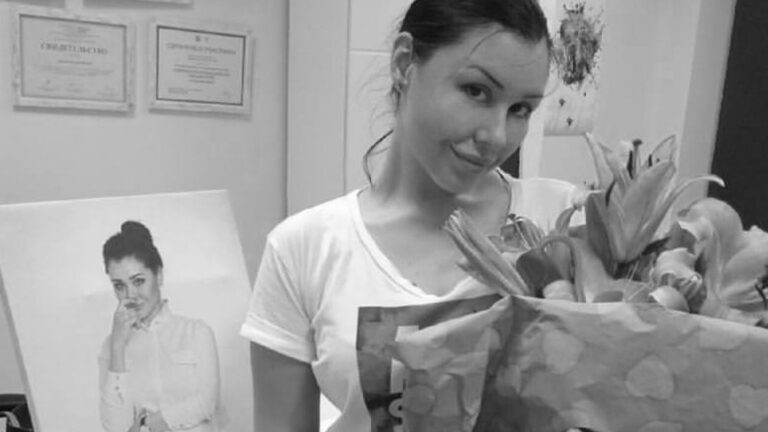Queen bees are in high demand as the number of beekeepers is on the rise in Germany.
The German Association of Beekeepers has said there are an estimated 170,000 beekeepers across the country.
Around 1.1 million colonies of bees are currently managed by beekeepers all over the country’s 16 provinces.
But figures have been steadily increasing since 2017, according to the association.
Current developments have caused soaring demand for queen bees which are bred in specialised institutes.

Queen bees play a crucial role in the hive since they are only females with fully developed ovaries.
The worker bees generally follow and fiercely protect the queen bee.
The Bantin Bee Centre in Zarrentin, in Mecklenburg-Western Pomerania, is one of Europe’s most productive specialised facilities.
Around 1,500 queen bees are raised at the institution each year – and demand for queen bees from Germany and abroad continues to soar.
The centre’s six employees focus on the insects’ physical condition but also on their character.
Hilger Jagau heads the facility. He explained: “All bees are being kept in so-called mating boxes.
“At one point, we separate the potential queen bees from the rest.
“The other bees do not realise what happened only 24 hours later.”
At the end of the process, the queen bee and six bees accompanying her are shipped to beekeepers all over Europe in special parcels.
Jagau said: “These boxes contain moisturised cotton pads. The bees can survive up to two weeks in there.”
Queen bees are adult, mated females that live in a colony or hive of honey bees.
With fully developed reproductive organs, the queen is usually the mother of most, if not all, of the bees in the beehive.

Queen bees are developed from larvae and specially fed in order to become sexually mature.
The queen bee measures around two centimetres (0.78 inches) which is around twice the length of a worker.
One colony consists of 20,000 to 50,000 bees.
A colony of bees has the potential to produce up to 25 kilograms of honey per year.
Torsten Ellmann – who heads the German Association of Beekeepers since 2019 – is convinced that the rising interest in beekeeping is more than a fading trend.
Ellmann – from Pasewalk in Mecklenburg-Western Pomerania – said: “I see a direct correlation with a growing consciousness regarding the protection of the environment.
“The number of beekeepers keeps increasing in Germany. What we have also registered is that people develop an interest in beekeeping at a younger age than in the old days.”
The average age of Germany’s beekeepers – who are mostly hobbyists – is 55, according to Ellmann.
Honey bees are social flying insects known for their construction of perennial colonial nests from wax, the large size of their colonies, and the surplus production and storage of honey.
Excessive usage of insecticides, the varroa mite and construction projects are considered the main threats to the existence of honey bees.

To find out more about the author, editor or agency that supplied this story – please click below.
Story By: Thomas Hochwarter, Sub-Editor: Michael Leidig, Agency: Newsflash
The Ananova page is created by and dedicated to professional, independent freelance journalists. It is a place for us to showcase our work. When our news is sold to our media partners, we will include the link here.




